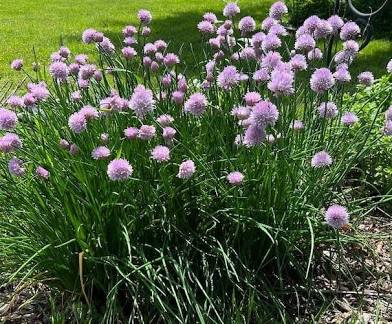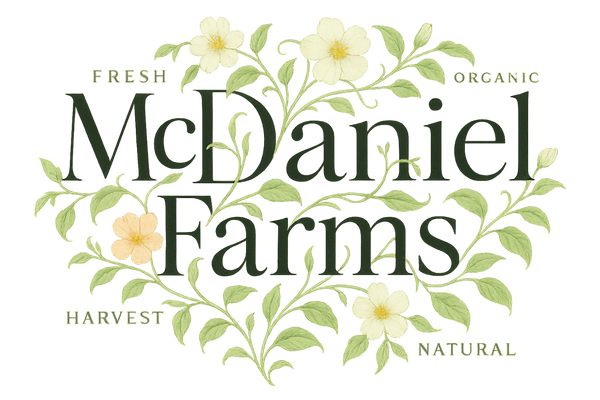
Fall Vegetable & Herb Gardening Tips | Grow a Thriving Autumn Garden
Share
As summer winds down and temperatures begin to drop, many gardeners think it’s time to put away the trowel—but fall is actually a prime season for vegetable and herb gardening. Cooler weather, fewer pests, and resilient plants make autumn the perfect time to grow fresh produce right in your backyard or garden beds.
Why Fall Gardening is Ideal
Fall gardening works because many vegetables and herbs thrive in cooler temperatures. With shorter days and mild weather, plants grow steadily without the stress of summer heat. Plus, soil still retains warmth, making it easier to maintain moisture and support healthy root systems.
Benefits of a Fall Garden:
Fewer pests and weeds – Cooler weather slows pests and weed growth.
Extended harvest – Continue picking fresh vegetables and herbs into late fall and early winter.
Better flavors – Many crops, like carrots and kale, taste sweeter after exposure to light frost.
Best Vegetables to Plant in Fall
Not all vegetables are suited for autumn, but several varieties thrive:
Leafy Greens: Spinach, kale, arugula, lettuce, and Swiss chard grow quickly in cooler temperatures and can be harvested multiple times.
Root Vegetables: Carrots, radishes, turnips, and beets develop sweeter flavors in fall’s mild weather.
Brassicas (Cabbage Family): Broccoli, cauliflower, Brussels sprouts, and cabbage handle light frost and thrive in cooler months.
Alliums: Garlic and onions planted in fall produce strong, flavorful bulbs by next summer.
Herbs That Flourish in Autumn
Many herbs continue producing even as temperatures drop:
Parsley – Hardy and frost-tolerant, perfect for late-season harvests.
Cilantro – Bolts less in cooler weather and adds fresh flavor to fall dishes.
Thyme & Sage – Perennials that withstand frost and can be used fresh in holiday cooking.
Chives – Easy to grow and can survive winter with minimal protection.
Tips for a Successful Fall Vegetable and Herb Garden
1. Start Early – Plant fall crops in late summer to ensure they mature before frost.
2. Use Season Extenders – Row covers, cold frames, and cloches protect sensitive plants from cold snaps.
3. Maintain Moisture – Even in cooler weather, regular watering keeps plants healthy.
4. Enrich Your Soil – Add compost or organic matter to boost nutrients for fall crops.
5. Harvest Regularly – Many leafy greens and herbs produce more the more you pick them.
Extending Your Growing Season
For gardeners in colder climates, consider fall gardening with containers, raised beds, or greenhouses. These methods trap heat and protect plants, allowing you to enjoy fresh vegetables and herbs well into late autumn.
Enjoy the Autumn Harvest
Fall gardening brings more than fresh produce—it’s a way to stay connected with your garden, prepare for winter meals, and enjoy the satisfaction of growing your own food. From crisp autumn salads to herb-infused soups, your fall vegetable and herb garden ensures the flavors of the season are always within reach.
